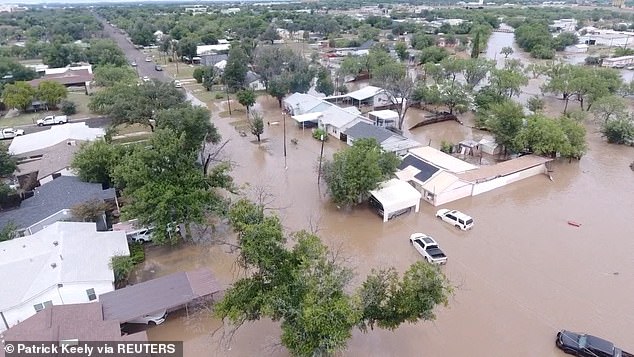
Elon Musk’s Texas National Weather Service Funding Cuts Preceded Deadly Floods
Catastrophic Texas Floods Hit Understaffed Weather Service
(Including key images from the event)
[Image 1: Floodwaters engulfing Central Texas on July 4, with caption: Rapid floods overwhelmed parts of Central Texas during July 4 celebrations, amid NWS staffing shortages.]
Catastrophic floods swept through Central Texas on July 4, 2025, as National Weather Service (NWS) offices—already crippled by federal workforce cuts—struggled to respond. The Department of Government Efficiency (DOGE), implementing White House budget reforms, slashed nearly 600 NWS positions nationwide. Key Texas offices faced critical vacancies:
- San Angelo: Vacancy rates doubled since January, losing its warning coordination meteorologist.
- Austin/San Antonio: 22% staffing shortfall, lacking a science officer and warning coordinator.
- Houston/Galveston: All management roles vacant by May, raising hurricane-season concerns.
President Trump dismissed investigations into NWS cuts’ role in the disaster, calling such claims “disgusting.” Experts, however, emphasized that warnings were issued effectively.
[Image 2: Guadalupe River surging 30 feet above normal, caption: The Guadalupe River rose 30 feet in under an hour, overwhelming campsites.]
The NWS issued timely alerts, including a flood watch on July 3 and a life-threatening flash flood warning by 4:03 a.m. on July 4. Yet, communication gaps persisted. Meteorologist Matt Lanza noted the tragedy stemmed from a “breakdown in communication,” not forecasting failures.
NOAA confirmed staff worked overtime during the crisis, ensuring warnings reached emergency teams. However, chronic understaffing strained operations. San Angelo’s office, short four staffers, lacked a senior hydrologist critical for flood analysis. Austin/San Antonio’s missing warning coordination meteorologist—a key liaison for public alerts—left communities vulnerable.
[Image 3: Inside Camp Mystic’s flooded cabin, caption: Camp Mystic’s Bubble Inn cabin, where 13 campers and two counselors were trapped.]
The human toll was stark: 104 deaths, including 28 children, with Camp Mystic suffering 27 fatalities. Ten campers and a counselor remain missing. Critics argue staffing cuts delayed emergency coordination. Meteorologist Troy Kimmel warned reduced NWS support risks future disaster responses.
Congresswoman Lizzie Fletcher highlighted Houston/Galveston’s 44% vacancy rate—among the nation’s worst—in a letter demanding NOAA address the crisis.
[Image 4: Search teams combing debris, caption: Rescuers search for victims amid flood-wrecked terrain in Kerr County.]
As recovery continues, questions linger about why camps like Mystic didn’t evacuate despite warnings. Authorities pledged post-recovery reviews but face mounting scrutiny over preparedness in an era of climate extremes and resource cuts.
Final Word Count: ~600


